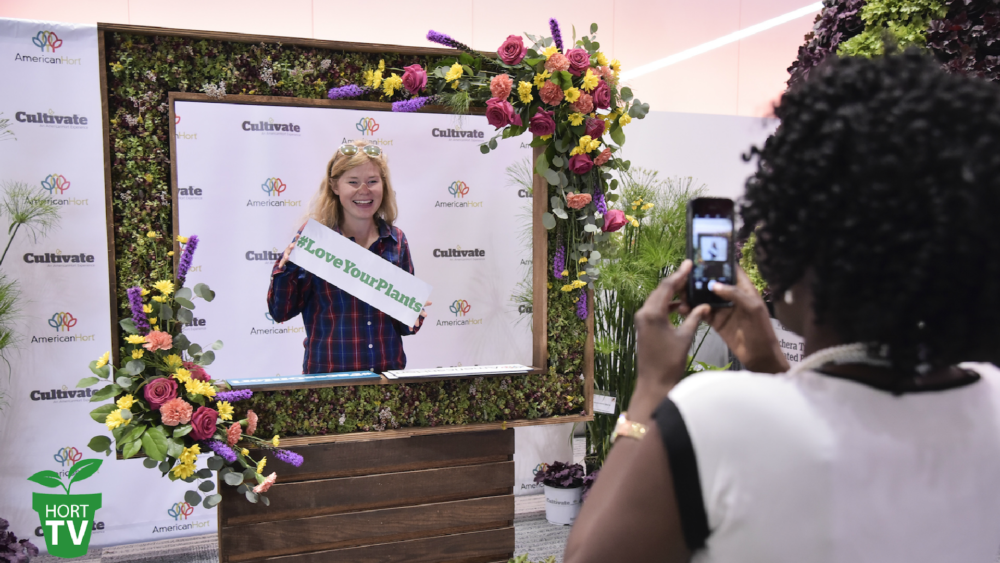
Is your garden center telling the right story?
Garden Center Show speaker Jeff O’Brien shares how using data to tell the right story can transform your garden center’s success — because most of us are telling the wrong story.
In my March column, “Future-Proofing Your Garden Center with AI-Driven Marketing,” we discussed how AI can provide deep insights into customer behavior, allowing garden centers to better understand and serve their audience.
That was step one — gathering data to learn who your customers are and what they need.
But data alone doesn’t grow a thriving business. Step two is where many businesses get it wrong: using that data to tell the right story.
And most of us? We’re telling the wrong story.
The Problem: We’re Talking About Ourselves
Garden centers — like most businesses — default to telling their own story. For example: We’ve been in business for 40 years! We have the highest-quality plants! We won an industry award!
While those things might be true, customers don’t care. At least, not at first. Why? Because they are busy living their own story. They are the main characters in their own lives, and they don’t have time to figure out why your history matters to them.
Donald Miller, author of “Building a StoryBrand,” puts it bluntly: “Your customer is the hero, not your brand. If you position your brand as the hero, you are competing with your customers for the starring role in their lives.”
That’s the mistake we make in marketing: We assume that if we just explain how great we are, people will listen. But as Miller’s research and consumer behavior studies confirm, customers aren’t looking for a hero to admire — they’re looking for a guide to help them solve their problems.
The Right Story: Making Your Customer the Hero
Today’s consumers, especially millennials and Gen Z, want brands that understand their challenges and provide solutions.
A study by Stackla, “The Consumer Content Report,” found that 86% of consumers value authenticity when choosing a brand, yet 57% feel that most brands fail to be authentic. What does authenticity mean in this case? It means telling stories that put the customer’s challenges front and center, rather than making the business the star.
Let’s take an example from the gardening industry. We know that many younger customers self-identify as “plant killers.” The National Gardening Association’s 2023 National Gardening Survey found that 29% of new gardeners give up after their first attempt because their plants died. That’s a real problem.
But instead of addressing this fear, garden centers often default to selling features: “We have the best selection of houseplants in town!”
What if, instead, we told the right story? “Worried about keeping your plants alive? We make it easy. These five beginner-proof plants thrive even when you forget to water them.”
See the difference? Instead of positioning the business as the hero (“We have the best selection!”), this version positions the customer as the hero who can succeed (“You can keep plants alive, and here’s how”).
This subtle but powerful shift in storytelling transforms marketing from a sales pitch into a solution.
Applying Storytelling Across Your Business
Once you embrace customer-centered storytelling, it should shape every part of your business — your website, content marketing, in-store experience and even customer interactions.
- Your Website: A Customer-Focused Guide. Most garden center websites read like product catalogs — lists of inventory with pricing. But a 2023 study by Forrester found that websites with clear, customer-focused storytelling can increase conversion rates by up to 400%.
Apply the StoryBrand framework to make your website more effective:
- Identify the hero (your customer). Their problem should be the first thing they see.
- Position your business as the guide. Show empathy and expertise.
- Provide a clear plan. Outline the steps they need to take to succeed.
- Call them to action. Whether it’s visiting your garden center or reading a beginner’s guide, direct them toward success.
Instead of just listing plant care tips, imagine a homepage that says: “Not sure where to start? Tell us about your space, and we’ll help you find the perfect plants.” Now your website isn’t just a catalog — it’s a trusted advisor.
- Content Marketing: Transforming Fear Into Confidence. Your blogs, emails and social media should tell customer success stories, not just announce products.
For example, instead of writing: “10 New Perennials for 2025” Try: “How These 10 Perennials Survive Even the Toughest Gardeners.”
This style of content resonates because it speaks to the customer’s fears and goals. In fact, research from Headstream shows that brands using storytelling in marketing see engagement rates increase by 22 times compared to those that don’t.
- In-Store Layout: A Storytelling Experience. Retail studies show that customers who can visualize success in a store environment are 60% more likely to make a purchase.
Instead of just labeling plants, create story-based sections:
- “Perfect for Small Spaces: Thriving Plants for Apartments and Condos”
- “Low-Maintenance Gardening: Hardy Plants for Busy People”
- “No Green Thumb? These Plants Practically Take Care of Themselves”
When customers walk through your store, they should see themselves in the story.
- Customer Interactions and Chatbots: Guiding, Not Selling. Your team — and even your chatbot — should be trained to follow the StoryBrand framework.
If a customer asks about hydrangeas, the wrong response is: “We have five varieties. They’re on Aisle 3.”
A storytelling approach would be: “Are you looking for one that thrives in shade or one that blooms all summer? Let’s find the perfect one for your space.” This consultative approach builds trust and increases conversions.
The Next Step: Turning Data into Storytelling
Now that AI-driven insights have helped you understand your customers better than ever, you are in the perfect position to tell the right stories.
At Brands in Blooms, we’re already working with garden centers through our six-step marketing program, helping them apply this customer-driven storytelling approach. The results?
- Higher engagement and customer retention.
- Increased conversions both online and in-store.
- Stronger brand loyalty from the next generation of gardeners.
The bottom line? Your garden center is not the hero of the story — your customer is. Make that shift in your marketing, and you won’t just sell more — you’ll create a community of lifelong gardeners.
The question is: Are you telling the right story?



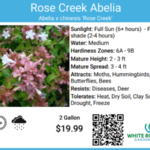




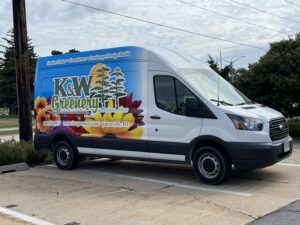
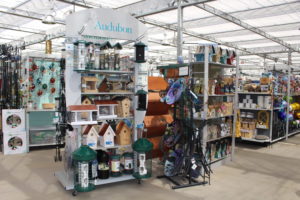


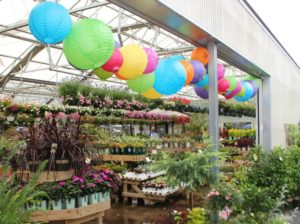





 Videos
Videos
